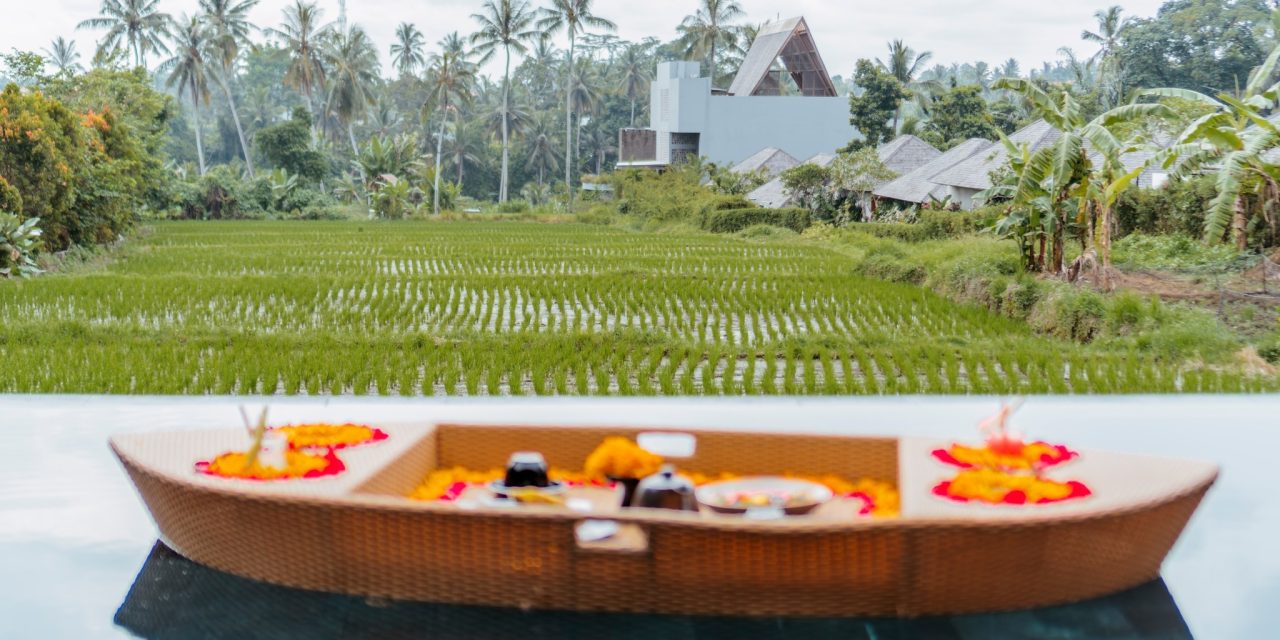When you think of Bali, what comes to mind? Pristine beaches, lush rice terraces, and vibrant ceremonies? You’re not alone. But beneath the sun-soaked facade lies a deeper, more profound narrative: the relationship between tourism and the preservation of Bali’s unique culture. As someone who has had the privilege of visiting this enchanting island multiple times, I want to share my observations and insights on how tourism can both threaten and foster cultural preservation in Bali.
The Balance of Tourism and Tradition
Bali often feels like a vibrant tapestry woven from ancient traditions, artistic expressions, and the daily rhythms of village life. But the rapid growth of tourism over the past few decades has transformed the island dramatically. In my first visit, I was captivated by the stunning Barong dance performed in the open air of Ubud. The colors, the music, and the stories told through dance were mesmerizing. Yet, I couldn’t help but notice an audience filled with tourists snapping endless photos, some seemingly more interested in their smartphones than the cultural significance unfolding before them.
This scene led me to ponder: How can tourism serve as a tool for cultural preservation rather than a threat to it? It turns out, the answer lies in conscious tourism practices.
Supporting Local Communities
One of the most powerful ways tourists can help preserve Bali’s culture is by supporting local artisans and businesses. On my second trip, I ventured into a small village known for its intricate wood carvings. Instead of purchasing mass-produced souvenirs at tourist shops, I sought out a local artisan. Watching him carve beautiful figures from wood while sharing stories about the significance of each piece was a transformative experience. I came away with a one-of-a-kind masterpiece, but more importantly, I felt connected to the culture and stories behind this art.
Practical Tip: When you travel, look for local markets, workshops, or community-run initiatives. They often allow visitors to engage with the culture in its authentic form. Plus, buying directly from artisans ensures that they receive fair compensation for their work.
Participating in Cultural Experiences
Participating in local customs can enhance your travel experience while supporting cultural preservation. During my last visit, I was fortunate to attend a local temple ceremony in Tabanan. As a tourist, I felt honored to be welcomed into a sacred space and encouraged to dress in traditional Balinese attire. The experience was profound, allowing me to witness rituals that have been performed for generations. The Balinese people depend heavily on these ceremonies for their spiritual and cultural identity, and being part of it—even as an outsider—felt like a testament to the power of tourism when done thoughtfully.
Relatable Scenario: Imagine attending a lively Balinese ceremony where you are not just an observer but an active participant. You dance, you pray, and you share smiles with locals who are just as eager to share their heritage. It’s here that you learn that your presence can help support and sustain these age-old traditions.
Sustainable Tourism Practices
The impact of tourism extends beyond mere transactions; it also involves how we engage with the environment. My friend, who runs a sustainable tourism company in Bali, often talks about the concept of traveling lightly. This means choosing eco-friendly accommodations, respecting sacred sites, and minimizing waste. For example, when you visit the iconic Tegalalang Rice Terrace, it’s essential to follow designated paths and avoid trampling the crops. Simple actions can minimize your footprint and help preserve these stunning landscapes for future generations.
Learn About Local Environmental Efforts
Bali is not just rich in culture; it’s also home to stunning ecosystems that are, unfortunately, under threat. By participating in beach clean-ups or supporting organizations fighting against plastic pollution, you can contribute to preserving the environment that houses Balinese culture.
Example: During one of my trips, I signed up for a beach clean-up event organized by local activists. It was a humbling experience that taught me the importance of keeping Bali’s environment pristine—not only for Bali’s sake but for the cultural traditions tied to its natural landscapes.
Building Lasting Connections
Finally, the relationships built during my time in Bali remind me that tourism can cultivate mutual respect and understanding. Many local families are eager to share their homes and stories with you, and each conversation adds a layer to your understanding of the culture. I recall one evening spent with a Balinese family who invited me to join them for a traditional meal. The warmth of their hospitality and the stories they shared about their ancestry illuminated the invisible thread that connects the past to the present.
Conclusion: Your Role in Cultural Preservation
The beauty of Bali lies not only in its landscapes but in its people and their traditions. As travelers, we hold the power to either contribute to the preservation of this culture or inadvertently aid in its decline. By embracing conscious tourism practices, supporting local artisans, participating in cultural experiences, and respecting the environment, we can cultivate a sustainable future for Bali—a future where culture thrives alongside tourism.So, the next time you find yourself wandering through a Balinese marketplace or listening to the enchanting sounds of Gamelan music, remember the impact of your presence. With every choice, you have the ability to honor and preserve the rich cultural heritage of this magical island. Let’s travel not just to see, but to connect and understand.






